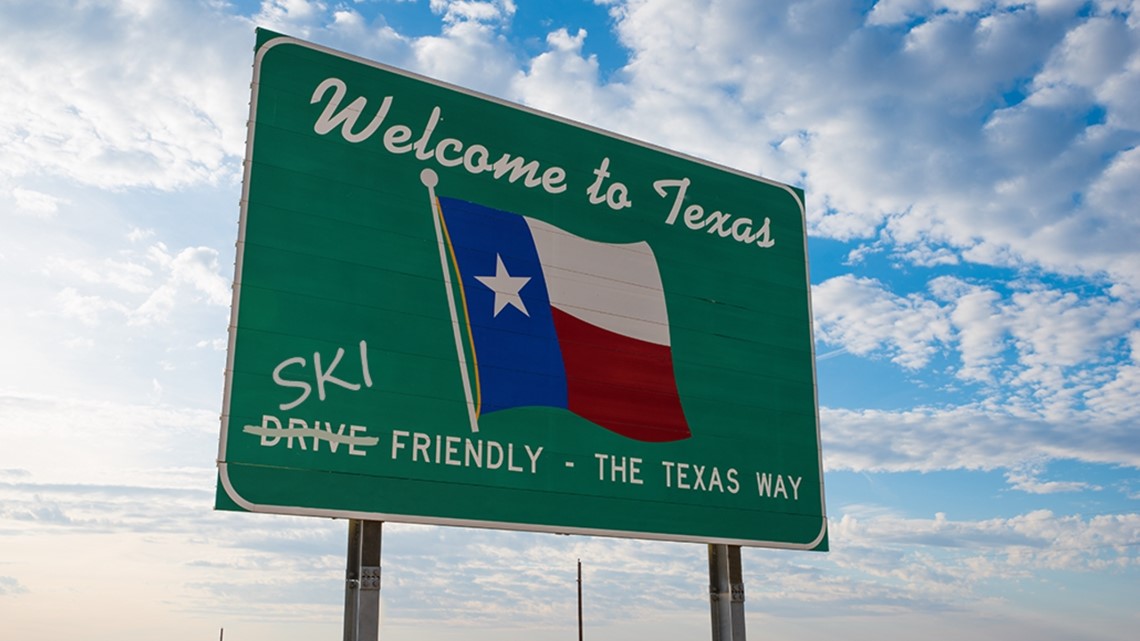Sorry, but to all those of you here who think the terrain park is just "set once and forgotten", you obviously have never had to set or maintain a terrain park. You obviously have never even been in a terrain park and seen the maintenance crew smoothing the transitions, adjusting the height of the features, re-aligning after being dislodged. It takes continuous maintenance just to keep the features in place and safe. You also have to think about safety in the terrain park so you don't get people catching up to others, jumping on each other, skis and boards at the landings, etc. Hint: we don't have several terrain park people working on the hill just to employ the park rats!
Seriously, when I see a terrain park, I see as much if not more maintenance and care as on a race course. I do think a race-course section could be established and maintained by the same terrain park people and in the same run as the terrain park features. I don't think anyone was stating that you "can just set gates in the ground and go away".
whoops! silly me!
 Obviously I shouldn't believe my lying eyes.! After all, working at a major mountain 5days/week and frequently riding the lift that passes over the top of the terrain park, as well as coaching on the adjacent slope, I must be blind blind to the frequent maintenance as the only shaping/maintenance work I see is before it opens to the public in the morning......
Obviously I shouldn't believe my lying eyes.! After all, working at a major mountain 5days/week and frequently riding the lift that passes over the top of the terrain park, as well as coaching on the adjacent slope, I must be blind blind to the frequent maintenance as the only shaping/maintenance work I see is before it opens to the public in the morning...... I also dont see many rails being pulled out of the ground....( I do though see lots of near misses as riders follow each other over jumps...).
I also dont see many rails being pulled out of the ground....( I do though see lots of near misses as riders follow each other over jumps...).But more seriously, I can quite understand how to the casual observer it may appear there is minimal maintenance performed on the race course and gates just magically stay in the ground and ruts disappear.,..( i wish!) Partially because the course is often not that visible and also because coaches and athletes do most of the work on skis, not standing about with a shovel or a rake (unless of course it is a race). so of course it is easy to think "why can't they just stick gates in the ground for the public to run?" But, if you don't believe me, go and stick a bundle of gates in the ground on an open run accessible to the public and see how many of them are still standing after 10 minutes.....
And i also know how, on a daily basis, some of the GP think it is perfectly OK to duck rope lines and ignore multiple closed signs to try to poach, or cross over, our training courses, ignoring the danger both to our athletes and themselves, so forgive me if i sound cynical.
I do agree though that it makes little sense to me that resorts spend money and close off runs for terrain parks at no added cost while charging race teams multiple $$$. Time to charge for the park the same as Nastar...





